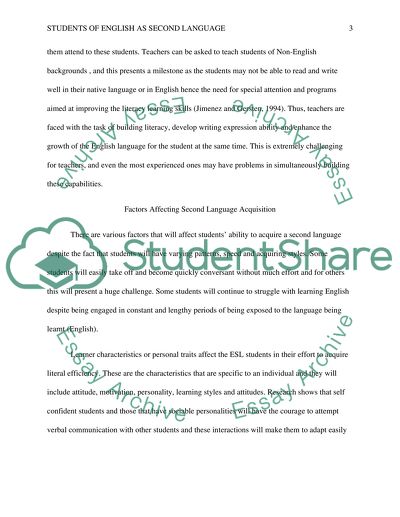Cite this document
(“Enhancing Literature for students of English as second Language Research Paper”, n.d.)
Enhancing Literature for students of English as second Language Research Paper. Retrieved from https://studentshare.org/education/1457631-a-delicate-balance-enhancing-literature-for
Enhancing Literature for students of English as second Language Research Paper. Retrieved from https://studentshare.org/education/1457631-a-delicate-balance-enhancing-literature-for
(Enhancing Literature for Students of English As Second Language Research Paper)
Enhancing Literature for Students of English As Second Language Research Paper. https://studentshare.org/education/1457631-a-delicate-balance-enhancing-literature-for.
Enhancing Literature for Students of English As Second Language Research Paper. https://studentshare.org/education/1457631-a-delicate-balance-enhancing-literature-for.
“Enhancing Literature for Students of English As Second Language Research Paper”, n.d. https://studentshare.org/education/1457631-a-delicate-balance-enhancing-literature-for.


